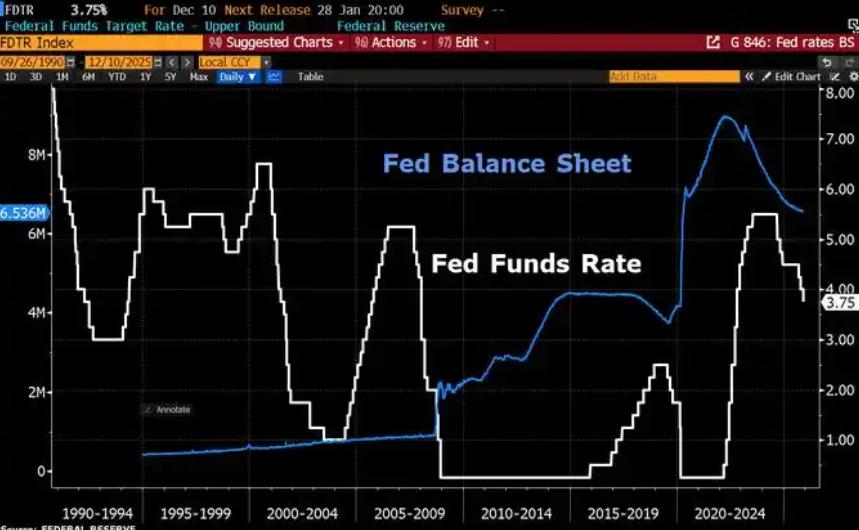
In recent years, global foreign direct investment (FDI) has shown a downward trend for three consecutive years, with a further 3% decline in the first half of 2025. Behind this data lies a fundamental shift in the investment strategies of multinational enterprises: the previous globalization layout that prioritized optimal efficiency is being replaced by a "grouped" approach centered on regions. The report by the United Nations Conference on Trade and Development (UNCTAD) clearly points out that the future global investment pattern will tend to be more "regionalized" and "friend-shored", with investment more inclined to flow between countries with friendly political relations. This trend is not a short-term fluctuation, but an active choice made by enterprises driven by multiple business factors.
The escalation of global trade frictions and geopolitical tensions have forced enterprises to reevaluate supply chain risks. The former long-chain model relying on a single production base, though capable of reducing costs, is extremely vulnerable when disruptions occur. For instance, after the increase in U.S. tariff barriers, manufacturing investments in countries such as Vietnam and India came under significant pressure. To address this challenge, enterprises have restructured their supply chains into relatively independent intra-regional networks: establishing closed loops within major markets such as North America, Europe, and Asia to shorten physical distances and reduce reliance on long-distance logistics. Although this layout may sacrifice part of economies of scale, it significantly enhances the ability to respond to regional turbulences.
One of the core logics of regionalized investment is proximity to markets. In modern business competition, speed is often more important than cost. By deploying production and R&D within a region, enterprises can respond more quickly to changes in local consumer preferences and shorten the product launch cycle. Studies show that 66% of B2B buyers are willing to pay a higher price for localized experiences.
Regulatory differences across various markets have also promoted regionalization strategies. Regulations related to data security and environmental standards are becoming increasingly fragmented; establishing an independent operation system within a region allows enterprises to adapt more flexibly to local compliance requirements. For example, the EU’s requirements on data sovereignty have prompted enterprises to build data centers within its territory; countries in Southeast Asia offer tariff preferences through free trade zones to encourage enterprises to deploy production capacity in the region.
"Friend-shoring" has become a key strategy for enterprises to avoid political risks. Multinational enterprises tend to concentrate their investments in countries with stable political alliances and reliable trade relations. For example, the Jebel Ali Free Zone in Dubai, with its stable regulatory environment and infrastructure, has attracted nearly 12,000 enterprises worldwide to settle in, making it a model for regionalized investment. At the same time, the trend of domestic financing replacing international financing has become increasingly evident — in the first half of 2025, the number of domestic project financings increased by 39% and the amount by 29%, reflecting that capital prefers markets with high political certainty.
Policy competition has also shifted from tax incentives to capacity building. Singapore, with its digital infrastructure, legal protection, and talent pool, has become the first choice for enterprises to set up regional headquarters; the high-interest rate environment and rising financing costs have forced enterprises to allocate capital more cautiously. In the first half of 2025, international project financing dropped significantly, especially in fields such as electricity and renewable energy. Enterprises have instead prioritized investing in regions that already have an industrial foundation, reducing operating costs through cluster effects. Industrial synergy has further strengthened the value of regionalization. In emerging fields such as data centers and artificial intelligence, investment shows the characteristic of "regional concentration": U.S. technology giants build data centers in Southeast Asia, while Middle Eastern capital is invested in digital infrastructure in Europe and the United States. This intra-regional cycle based on technological complementarity not only ensures the controllability of core technologies but also accelerates the commercial application through adjacent markets.
Regionalization is not the end of globalization, but its deepened evolution. Multinational enterprises need to balance global coordination and regional agility — while maintaining the core value of their brands, they should endow regional businesses with a high degree of autonomy. For example, BMW Brilliance has introduced global technical standards to its production base in Shenyang but customizes product functions according to the needs of the Chinese market; Singapore, through 28 free trade agreements, has not only integrated into the global network but also consolidated its position as a regional hub.
The regionalization of global investment is a rational response of enterprises to geopolitics, supply chain risks, and market changes. It is not only a risk defense measure but also a strategic choice to obtain new sources of growth by deeply cultivating regional markets. In the dynamic balance between globalization and regionalization, enterprises that can adapt flexibly and integrate deeply into the local ecosystem will become the leaders of the future business landscape.

Since 2022, the Fed has cumulatively reduced its balance sheet by $2.4 trillion through quantitative tightening (QT) policies, leading to a near depletion of liquidity in the financial system.
Since 2022, the Fed has cumulatively reduced its balance sh…
On December 11 local time, the White House once again spoke…
Fiji recently launched its first green finance classificati…
Recently, the European Commission fined Musk's X platform (…
At the end of 2025, the situation in the Caribbean suddenly…
The U.S. AI industry in 2025 is witnessing a feverish feast…